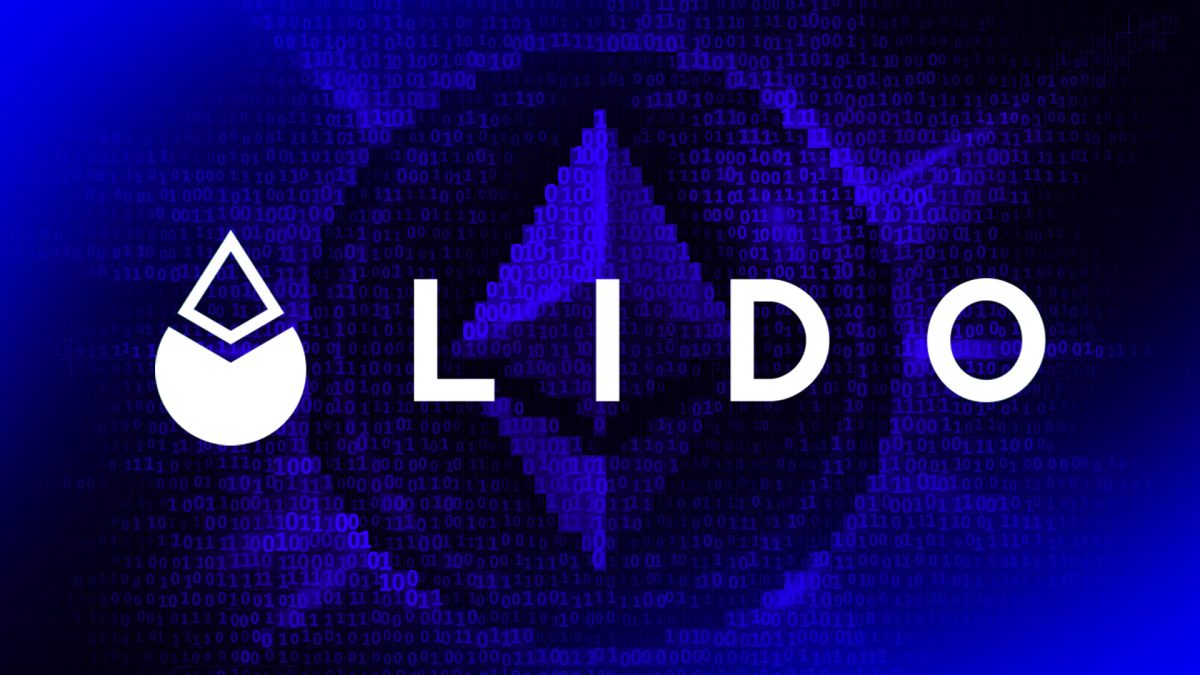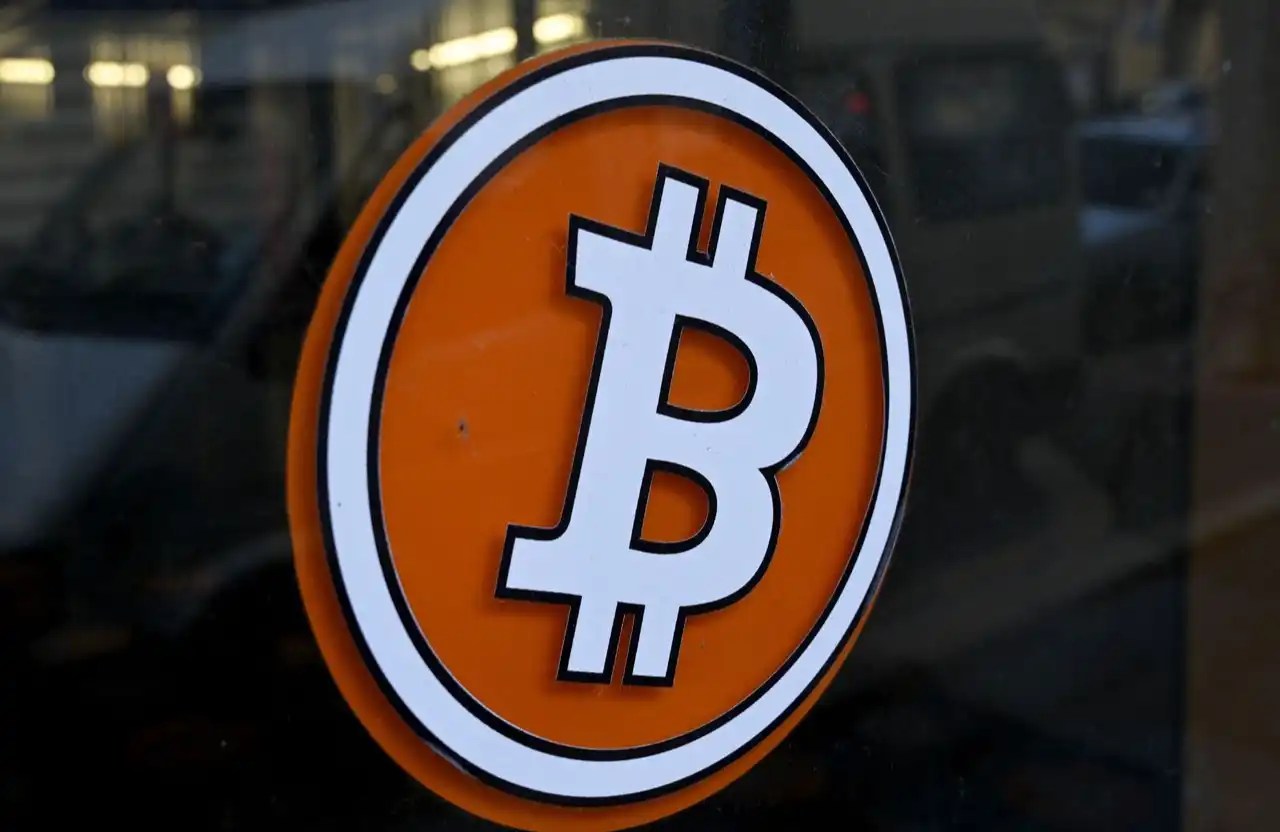Lido lays off 15% of workforce for 'long-term sustainability,' cofounder says
Quick Take Ethereum staking protocol Lido announced layoffs to reduce contributor teams by 15% across Lido Labs, Lido Ecosystem and Lido Alliance. Lido co-founder Vasiliy Shapovalov said the move was about costs rather than performance.

Ethereum liquid staking protocol Lido has announced a 15% workforce reduction to "ensure long-term sustainability," its co-founder, Vasiliy Shapovalov, said.
Shapovalov wrote in a Friday post on X that Lido Labs, Lido Ecosystem and Lido Alliance have decided to cut around 15% of their contributor teams.
"This decision was about costs — not performance," said Shapovalov. "This is a difficult decision, but one rooted in long-term resilience. While it may seem counterintuitive amid a market upswing, the move reflects a deliberate commitment to sustainable growth, operational focus, and alignment with the priorities of LDO tokenholders."
Lido is a protocol built on Ethereum that debuted in 2020, designed to allow users to maintain liquidity with their staked ETH rather than having those funds locked away while participating in network security. In February, Lido v3 introduced modular smart contracts called "stVaults," set to enable users to design advanced staking strategies.
Lido is the second-largest protocol by total value locked operating in the liquid staking niche, with $31 billion locked and $90 million in annualized revenue, according to DeFiLlama data .
LDO token gained 4.3% over the past 24 hours but declined 21.6% for the week, according to The Block's price page .
Disclaimer: The content of this article solely reflects the author's opinion and does not represent the platform in any capacity. This article is not intended to serve as a reference for making investment decisions.
You may also like
Bitcoin set for ‘promising new year’ as it faces worst November in 7 years

From "whoever pays gets it" to "only the right people get it": The next generation of Launchpads needs a reshuffle
The next-generation Launchpad may help address the issue of community activation in the cryptocurrency sector, a problem that airdrops have consistently failed to solve.

After bitcoin returns to $90,000, is Christmas or a Christmas crash coming next?
This Thanksgiving, we are grateful for bitcoin returning to $90,000.

